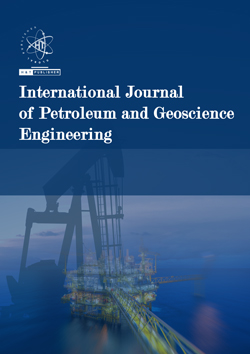


Well U4 is located offshore, in the eastern part of the Niger Delta Basin in Nigeria. A conventional suit of wireline logs including caliper log, gamma ray log, density log, neutron log, photoelectric effect log, sonic logs (shear and compressional) and resistivity logs were acquired for petrophysical evaluation of reservoirs in the well in order to assess their hydrocarbon potentials. The results show that the lithological succession of the reservoir zones in the well corresponds to the Agbada Formation within the depth interval of 2302m and 3246m, where fourteen hydrocarbon reservoir Zones (A to N) have been delineated. Eight of these reservoirs have thicknesses ranging from 11m to 32m, while six have thicknesses ranging from 2m to 9m. Neutron-density plots and neutron-density crossover patterns indicate that 12 of these reservoirs are gas-bearing sandstones, but with Zone D having gas, oil and water, while Zone E is saturated with gas and oil. Average reservoir porosities range from 0.160 to 0.300 and average permeability range from 255.2md to 1708.8md. The low shale volumes values (0.033 to 0.161) obtained from calculations indicate that almost all of these reservoirs have shale volume values below the limit of 15% that can affect water saturation and the free flow of fluids. Average water saturations are low, consequently, high hydrocarbon saturations with values ranging from 0.553 at Zone D, to 0.906 at Zone B. This well shows significant gas columns within the reservoir intervals. With large reservoir thicknesses, suitable reservoir qualities and high hydrocarbon saturation values, this area is a good natural gas prospect.